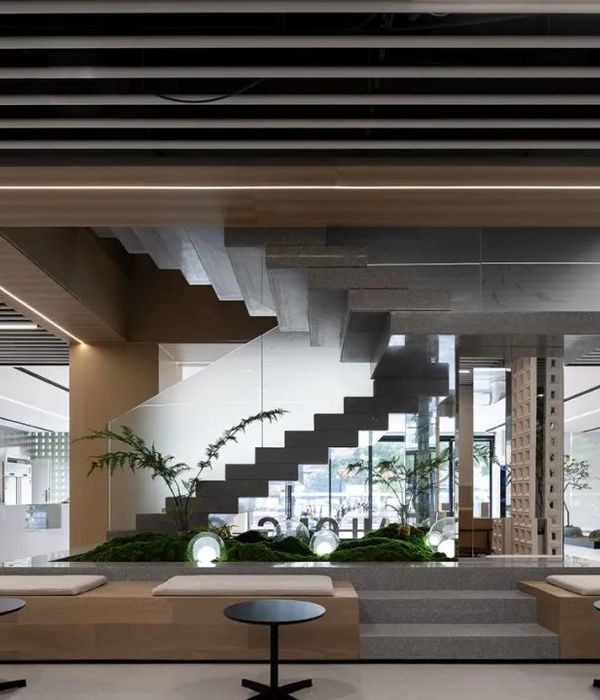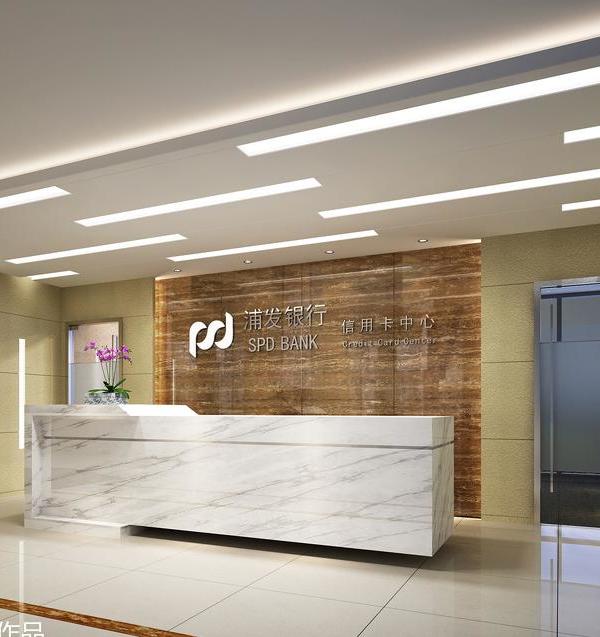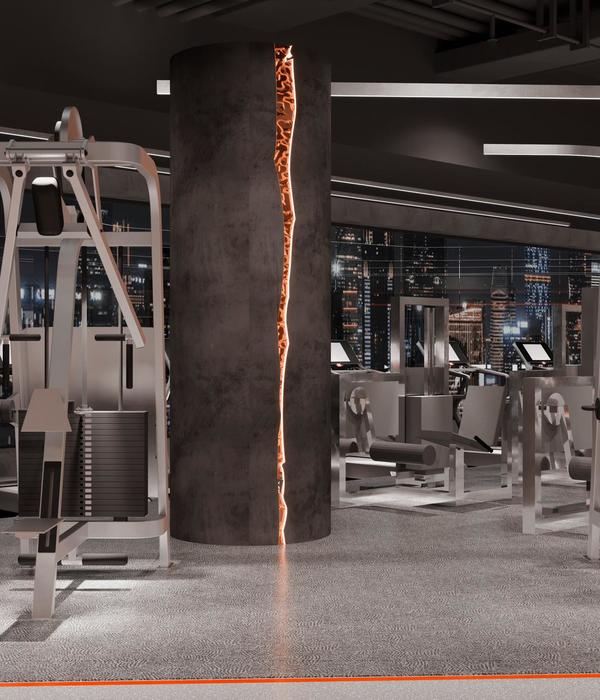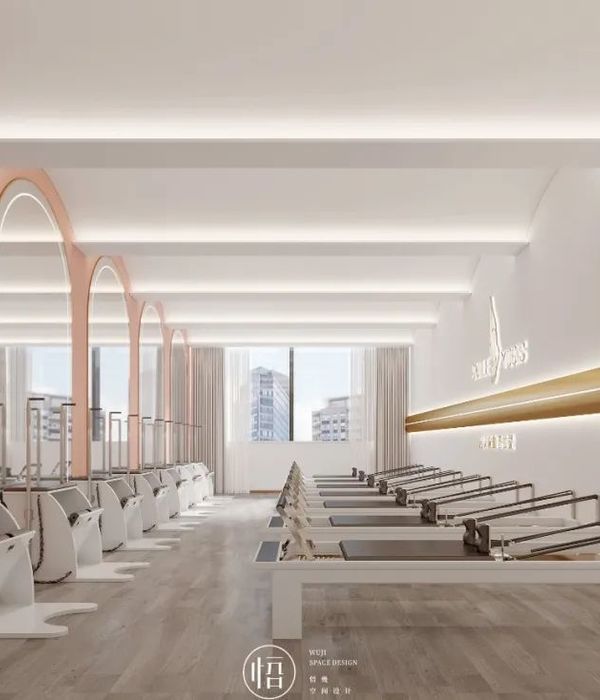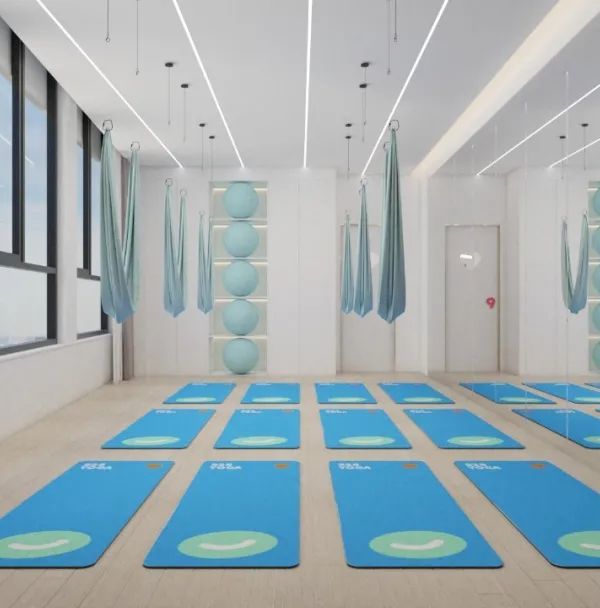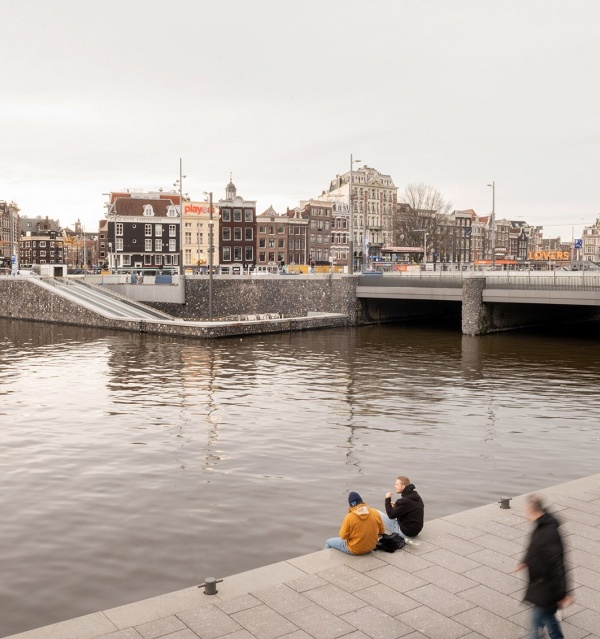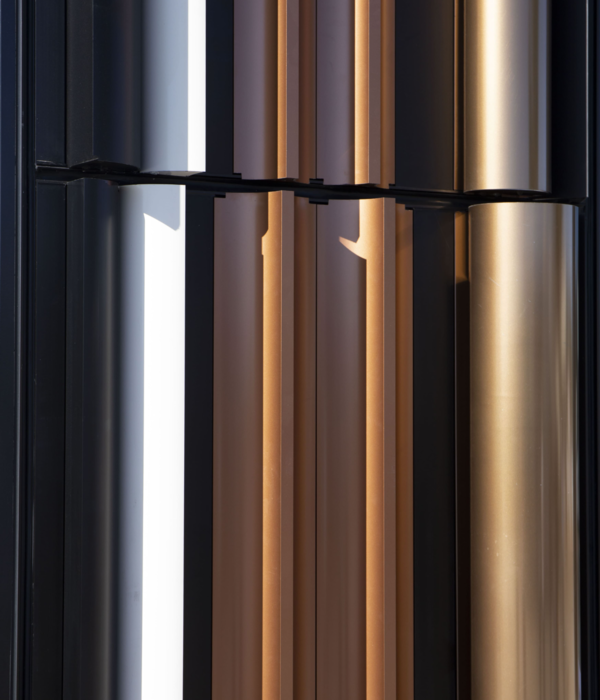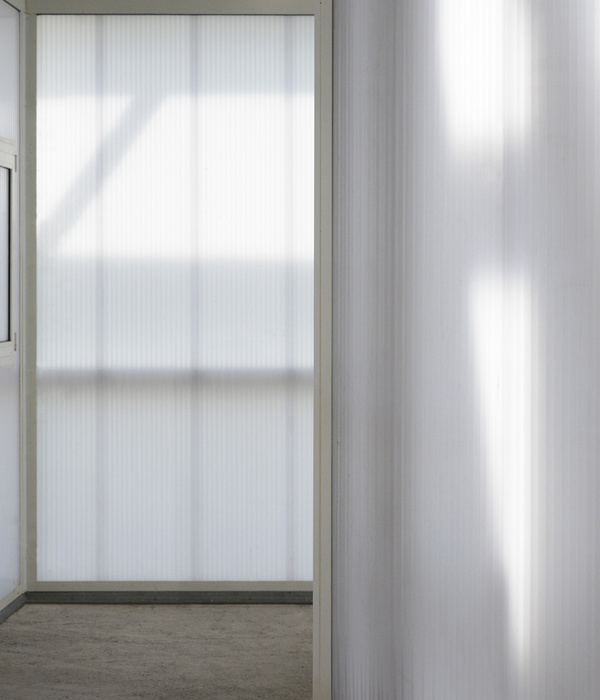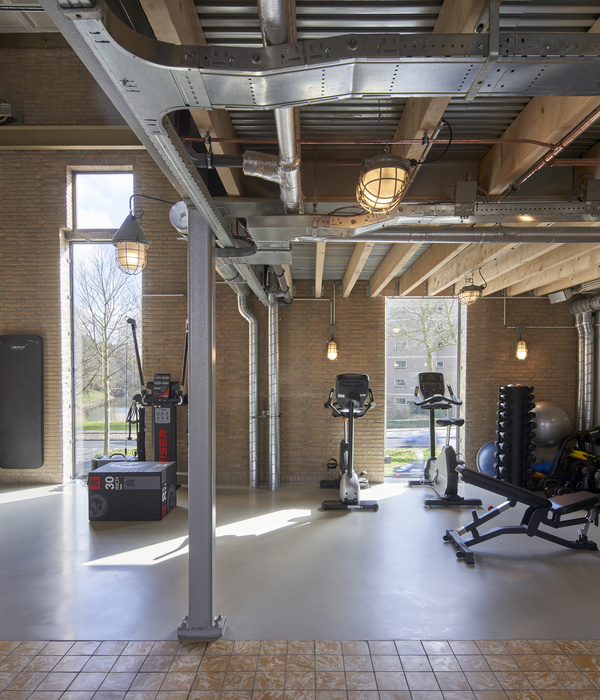In a balance between emotion and rigor, the “Chiesa de Iesu” - inaugurated in 2011 - is located in one of the newer districts of the Basque town, that of Riberas de Loiola, where the religious building, along with the adjacent Garden of Remembrance, constitutes a new landmark. The architecture, which Moneo himself defines as “generous in its spaces and very modest in materials”, is characterized - both externally and internally - by its abstract and minimalist white walls, an element that recalls the dominant color of the flowers of the nearby park and, above all, the important rationalist buildings present in San Sebastián, such as the Real Club Náutico and the “Equitativa” building. The complex consists of three elements: the church itself, situated within a cubic volume, facing eastward; an L-shaped body, which houses several rooms, among which includes the parish center; a wall that closes off the patio-garden located between the two buildings and that filters the passage from the open space of the road to the mystical temple. The nave of the church has a Latin cross floor plan, built inside a larger quadrilateral. In the spaces that complete the figure, the sacristy and the baptistery are positioned to the left and, to the right, are the Chapel of the Sacrament and the Chapel of the Reconciliation. The traditional cruciform plan has an asymmetrical design, which gives way towards “reflecting the tensions of today's world”, as stated by the architect himself, and pays homage to the Basque sculptor, Eduardo Chillida and his “Cross of Peace”, housed in the Cathedral of San Sebastian. A key role is played by the natural light that, entering in different ways, is able to characterize each space in a peculiar manner. What immerges, in particular, is the zenithal lighting of the principle nave, created by the openings in the roof that highlight the cruciform plan and are able to immediately evoke the message of the Gospel and transport the worshipper into a mystical dimension. Worthy of mention is the large window also designed by Moneo and created in alabaster and inserts of glass, representing a cross, a sun, and two moons in two distinct phases.
{{item.text_origin}}

